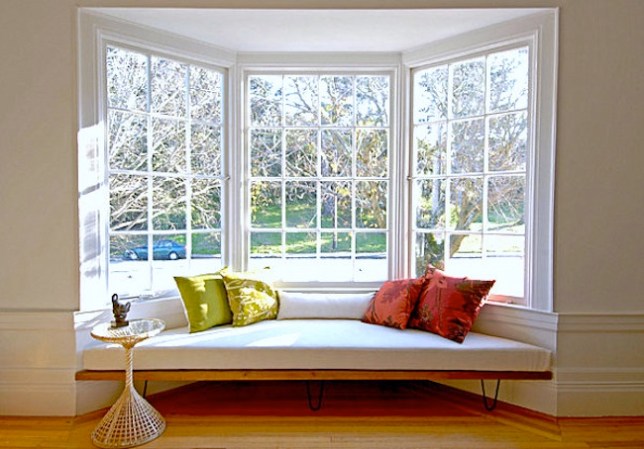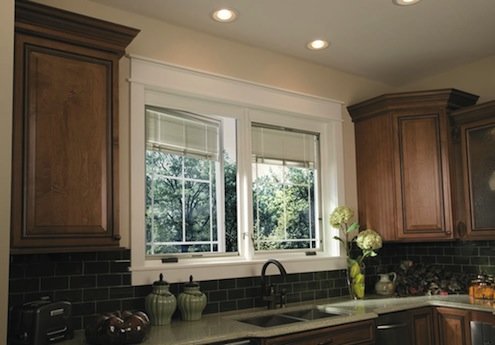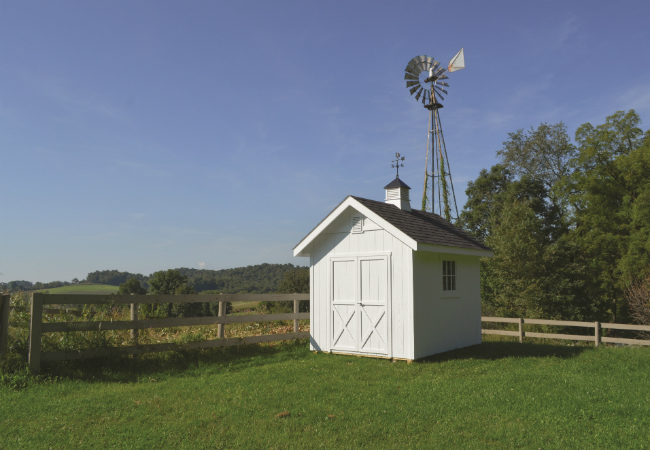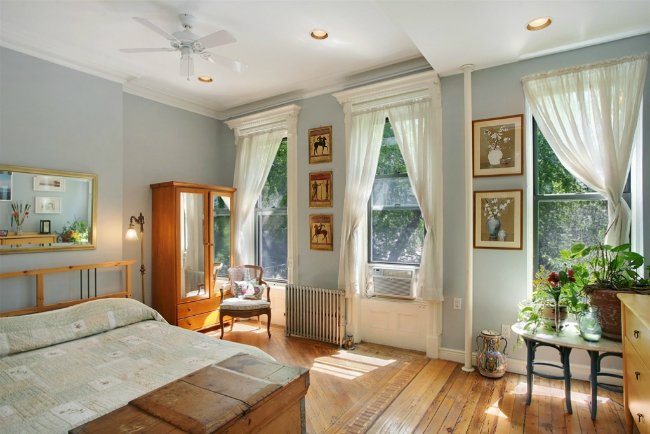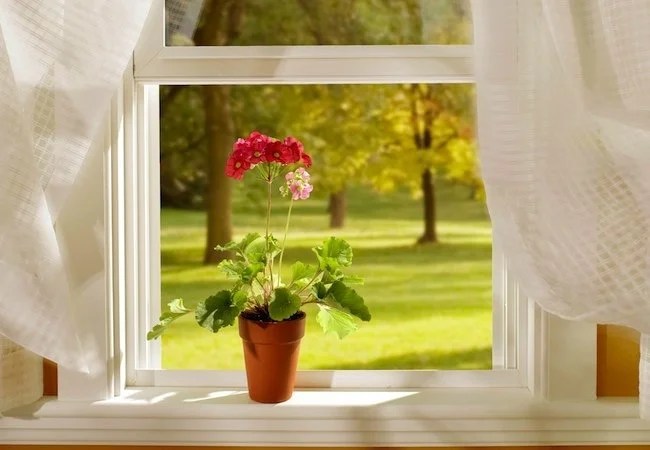We may earn revenue from the products available on this page and participate in affiliate programs. Learn More ›
Air conditioning is responsible for as much as one third of the electricity consumed in summer. These are energy-thirsty appliances, and energy ain’t cheap. That’s precisely why, instead of blasting the AC continuously, many switch to window fans when possible.
Though powerless against humidity, fans are much cheaper to run and on many warm-but-not-miserable days, they can make you considerably more comfortable. No, there isn’t really a wrong way to use a fan; any breeze helps. But these tips can help you use fans more effectively, reducing your reliance on air conditioning and lowering your summertime utility bills.
Here’s the key: To maximize air movement in the home, you need both in-blowing and out-blowing window fans. These are not the oscillating fans you might place on a desk or bedside table. If you do not own and would rather not buy a specially designed window fan (view an example on Amazon), a standard box fan (view an example on Amazon) does the trick—but you’ve got to set the unit securely into the window opening.
At minimum, you need two window fans: one whose blades are drawing air into the home, another whose blades are pushing air out. It’s not rocket science, but it is basic building science. Keep these do’s and don’ts in mind as you plan and tweak your fan strategy.
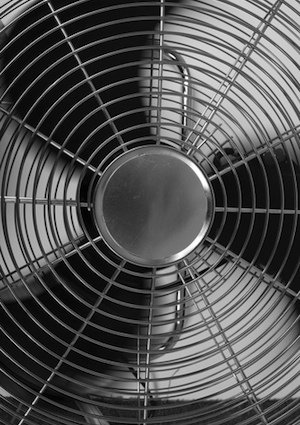
DO
Strength in Numbers. The more window fans you have working, the better. Aim to set up an equal number of in- and out-blowing fans. If you have an odd number, configure the extra one to pull air in. That creates a slight positive pressure indoors that may help discourage bugs from entering the space.
Prime Placement. Position inward-blowing fans on the shady side of your house, outward-blowing fans on the sunny side. Do this no matter how many stories your house is. But if there are multiple floors, the ground-level fans should pull air in, while the upper-level fans should push rising warm air out.
Size Matters. If you have a choice, always opt for the largest-size fans that can fit in your windows. Whether by fabric window treatments or panels of plywood, try to block the open-air cavities on either side of the fan unit (specially designed window fans come with integrated seals for this exact purpose).
The Stack Effect. Leverage what’s known as the stack effect. After sunset, set the ground-level fans to bring in cool night air, while trusting the upper-story fans to expel warm air. In the morning, when the house is at its coolest, remove the fans and shut the windows. The insulation in most modern houses can retain cool air for hours. Once the sun sets, re-open the windows and start your fans up again.
DON’T
The Nose Knows. Avoid situating in-blowing fans near waste bins or parking areas (your driveway included). That way, you won’t invite in unpleasant odors and toxic exhaust fumes.
Ups and Downs. Cooling with fans can lead to wide fluctuations in temperature, and in some cases such extremes can damage antique furniture or musical instruments made of wood. To be on the safe side, closely monitor items like this for signs of a problem.
There are always going to be days when air conditioning strikes you, not so much as an optional luxury, but more like a bare necessity. On other days, though, you may be able to get by just fine with the help of window fans, particularly if you position them strategically throughout your home. Stay cool out there!

